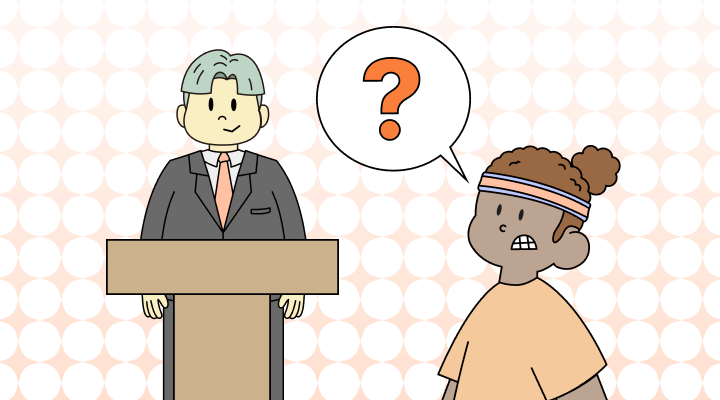Getting to know your professors is crucial for your academic success, and it can connect you to career opportunities down the line. At U.S. universities, it's often up to the student to take initiative and make these connections. This can be challenging, especially students who are more reserved or international students who may not be familiar with the cultural landscape of the university. Here are some tips on contacting your professors.
In a Small Class
If you’re in a small class of less than 30 people, feel free to approach your professor directly before or after class to ask them a question, and use that as a starting point to introduce yourself and get them to remember you. Hopefully, the conversation gives you enough familiarity with the professor that you can reach out to them later to request another conversation.
Here's an example of what you might lead with: "Hi, Professor X! Thank you for the lecture. Do you have time for a question?"
And here's an example of how you might transition from your question to introducing yourself: "Thank you, that makes a lot of sense. I found that part really interesting because I've done some reading on that topic, but in the context of my hometown..."
Professors usually set aside time for you to ask questions during the lecture, but by saving your question and asking it privately after class, you get the chance to connect in a more individualized way. However, this also means you should be mindful of your professor's time: don't go up to them if they seem busy, and try not to stay after class for a long time unless invited to do so.
In a Large Lecture
If you’re in a large lecture of, say, more than 100 people, it might be easier to shoot your professor an email. If they say no or don’t respond, it’s no big deal. They get requests like that all the time.
Here's an example of how you might structure this email:
- Introduction: "Hello Professor X, this is Jane, a student in your __ class."
- Personalization: A sentence or two to state that you have been enjoying the class, and give a brief description of your academic interests and how this class relates to them.
- Request: "I was wondering if you had any time in your schedule this semester for a brief chat, maybe over coffee? I'd love to hear more about your experience in __ and discuss ___. No worries if you're busy; I completely understand."
- Sign-off: "Thank you, and see you in class on Tuesday!"
Other Ways to Connect
If your professor offers office hours, you can also visit them then to strike up a conversation. This may depend on the course subject, since courses that assign problem sets (often STEM subjects) may dedicate office hours solely towards helping students with their homework. However, other professors may have more flexible office hours where they do have casual conversations with students, and this can be a good chance to see your professor regularly outside of class. Try showing up to office hours on the first week to see what the environment is like.
No matter how you contact your professor, make sure you get the most out of it by asking lots of questions and staying attentive. Good luck!
Want to sound like a native speaker ?
Engram’s AI-powered grammar checker makes your English sound like a native speaker’s, suggesting natural English expressions on top of fixing grammar, spelling, punctuation, word order, and vocabulary.

References:














